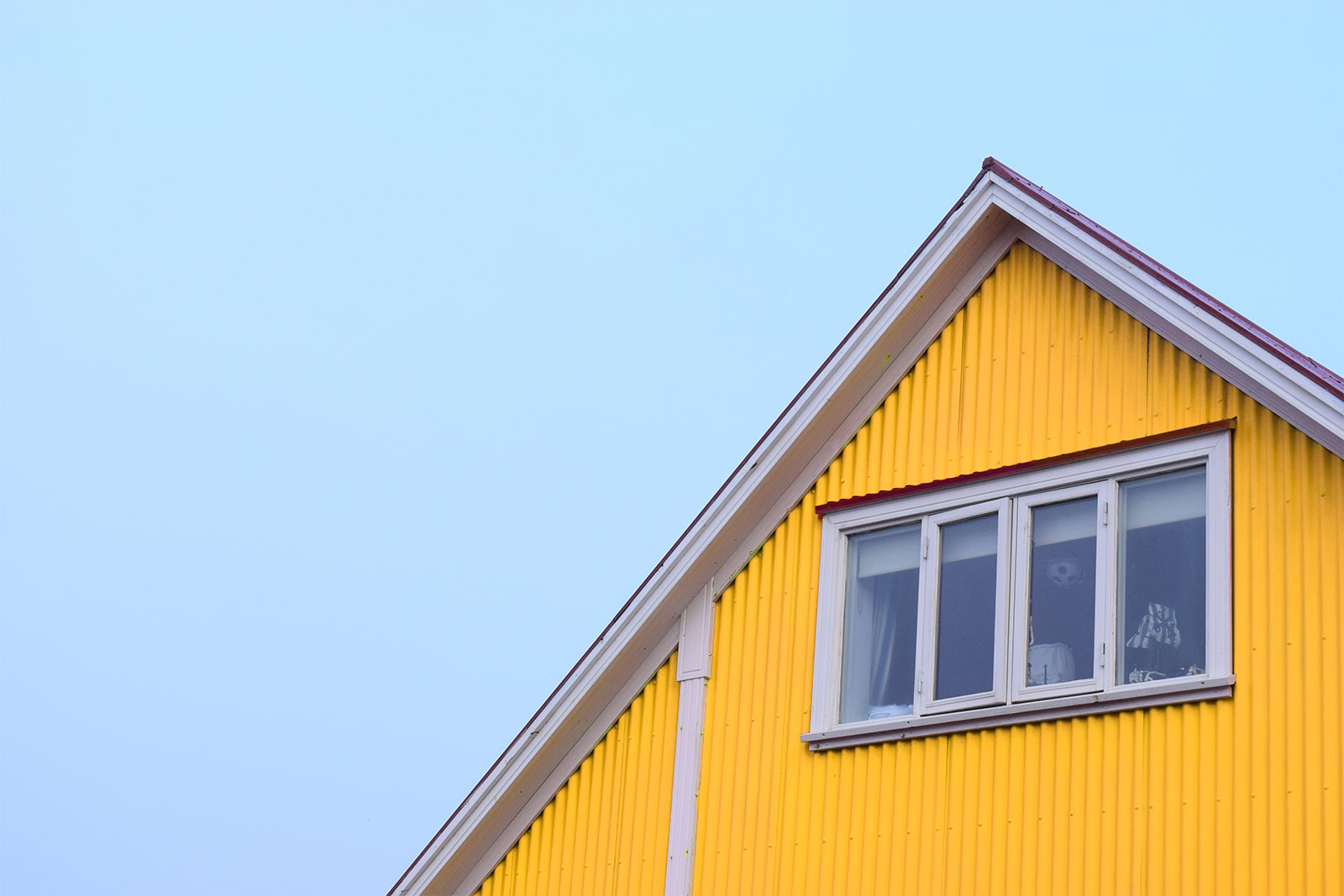Dangerous conditions make advance preparation more urgent than ever.
Almost 200 wildfires are burning across British Columbia, putting dozens of communities in increasingly imminent danger, but many residents still have time to mitigate some risks. FireSmart BC is dedicated to helping property owners reduce the vulnerability of their homes and businesses, principally by denying fire the opportunity to take hold on or near the structure in question. Ideally, most of the measures described below should have been undertaken weeks or even months ago, but many crucial steps can be completed in a relatively short period of time.
In conditions like those currently affecting the province, the first rule is this: keep track of communications from the relevant authorities – for instance by consulting the BC Wildfire Service’s Current Wildfire Activity page, downloading the official mobile app, following them on Facebook and Twitter – and staying up to date on any evacuation instructions issued for your area. Your property is important, but it can be rebuilt or replaced; you and your loved ones cannot, so take no chances.
Wildfires can spread with astonishing speed, so when emergency officials order an evacuation, their instructions should be followed with all possible haste. In addition to risking their own lives, those who stop to collect valuables, or otherwise fail to promptly follow evacuation orders, can expose others to greater danger as well, including any firefighters or first responders who then re-enter evacuated areas. And while those brave men and women are trying to save you, it leaves fewer hands and resources available to keep the fire from spreading.
The best way to avoid such dilemmas is to be ready, and that means acting ahead of time. Once an evacuation order is in place it can be very stressful so preparing for an evacuation ahead of time can make the difference between people leaving home empty handed or with the essentials they need. First, every household should have an evacuation plan with which all members are familiar. Second, you and your family should maintain an emergency kit, as well as a prominently posted checklist, so you can leave in a hurry without forgetting essentials you are likely to need, including: cash, a portable radio, enough prescription medications to last at least a week, eyeglasses, a change of clothes, food, water, flashlights, batteries, etc. Similar preparations should be made for workplaces.
It is also critical to understand the various stages of evacuation. An evacuation alert means it’s time to get prepared to leave your home on short notice, whereas an evacuation order means it’s time to leave immediately. More background on evacuations can be found here from Emergency Info BC and advice on how to increase general emergency preparedness is available from the federal government, in both official languages, by clicking here.
Once your evacuation plan and emergency kit are ready, the next step is to quickly take stock of your home and any surrounding property, with emphasis on potential sources of fuel on or near the structure. As FireSmart Canada’s Wildfire Evacuation Checklist demonstrates, if – and only if – you’re sure you have enough time, there is a lot you can do:
- Start by removing branches, leaves, pine needles, and other combustible materials from your roof, gutters, balconies, doorways, windowsills, etc., paying particular attention to corners or other tight spots where debris tends to gather
- Clear all combustible plants (potted or hanging), leaves, weeds, etc. from within 10 metres of your home
- Remove all flammable furniture, toys, decorations, plants, etc. from your deck, applying the same 10-metre standard or moving them inside the house or garage. If your deck has a crawlspace beneath it, clear combustibles from there, too
- Mow any grass within the same 10-metre distance, preferably to a length of 10 centimetres or less
- Create a 1.5-metre non-combustible zone around the entire structure by raking and/or sweeping down to mineral soil, rock, or concrete
- Any moveable propane tanks should be kept at least 10 metres from your home. For stationary models, be sure to remove any leaves or other combustible materials from around the tank
- Any motor vehicles (cars, motorcycles, all-terrain vehicles, campers etc.) should be parked inside the garage or at least 10 metres from the house
- If the property has a combustible fence attached to the home, secure the gate in an open position and clear away any vegetation or other flammable material from both sides of the fence
- Check all exterior vents to make sure they are properly screened and in good condition. Cover up any damaged or questionable vents with duct tape or metal tape
- The 10-metre rule also applies to woodpiles, but since moving larger ones can take hours, you may want to save this step for last
- Most of these measures also can be applied to sheds, detached garages, or other outbuildings, as well as places of business
All of the above (check out the full version by clicking here) is part of a tried and tested process recommended by FireSmart BC to defend your home against wildfire. Following these tips is not a guarantee, but firefighters know from experience that protective measures are often the difference that causes a blaze to spare some homes while destroying others nearby.
If your home is in or near an area currently exposed to wildfire, and you can do so without delaying any evacuation instructions, we urge you very strongly to implement as many of these steps as possible. Try to get your neighbours onboard as well, for both their protection and your own. If you are in a safe area but believe someone you know may be exposed to such risks– whether in BC or anywhere else – please forward this article to them.
Additional resources:
FireSmart BC Homeowners Manual
